The history of female pilots in military service
The story of female pilots in military service is a captivating journey of persistence and triumph. From their humble beginnings to modern-day roles, women have made significant strides in aviation. The path wasn’t always smooth, but their contributions have been invaluable.
Today, female pilots not only break sound barriers but also societal ones, illustrating the power of determination and skill. Their impact is felt across the globe, inspiring future generations to take to the skies.
Early Beginnings: Women in Aviation

Women began their journey into aviation in the early 20th century, with figures like Harriet Quimby, the first American woman to earn a pilot’s license in 1911. Despite societal norms that discouraged female pilots, these trailblazers took to the skies with courage and ambition.
Aviation provided a unique opportunity for women to demonstrate their capabilities, setting the stage for future generations. Their passion and tenacity laid the groundwork for a more inclusive aviation industry.
Pioneers of the Sky: The First Female Pilots

The pioneering women of aviation, such as Amelia Earhart and Bessie Coleman, shattered stereotypes and paved the way for others. Earhart became the first woman to fly solo across the Atlantic Ocean in 1932, capturing the world’s imagination.
Bessie Coleman, the first African American woman to earn a pilot’s license, inspired many with her determination to succeed in a predominantly male domain. Their groundbreaking achievements motivated countless women to pursue their dreams in aviation.
World War I: Women Taking Flight
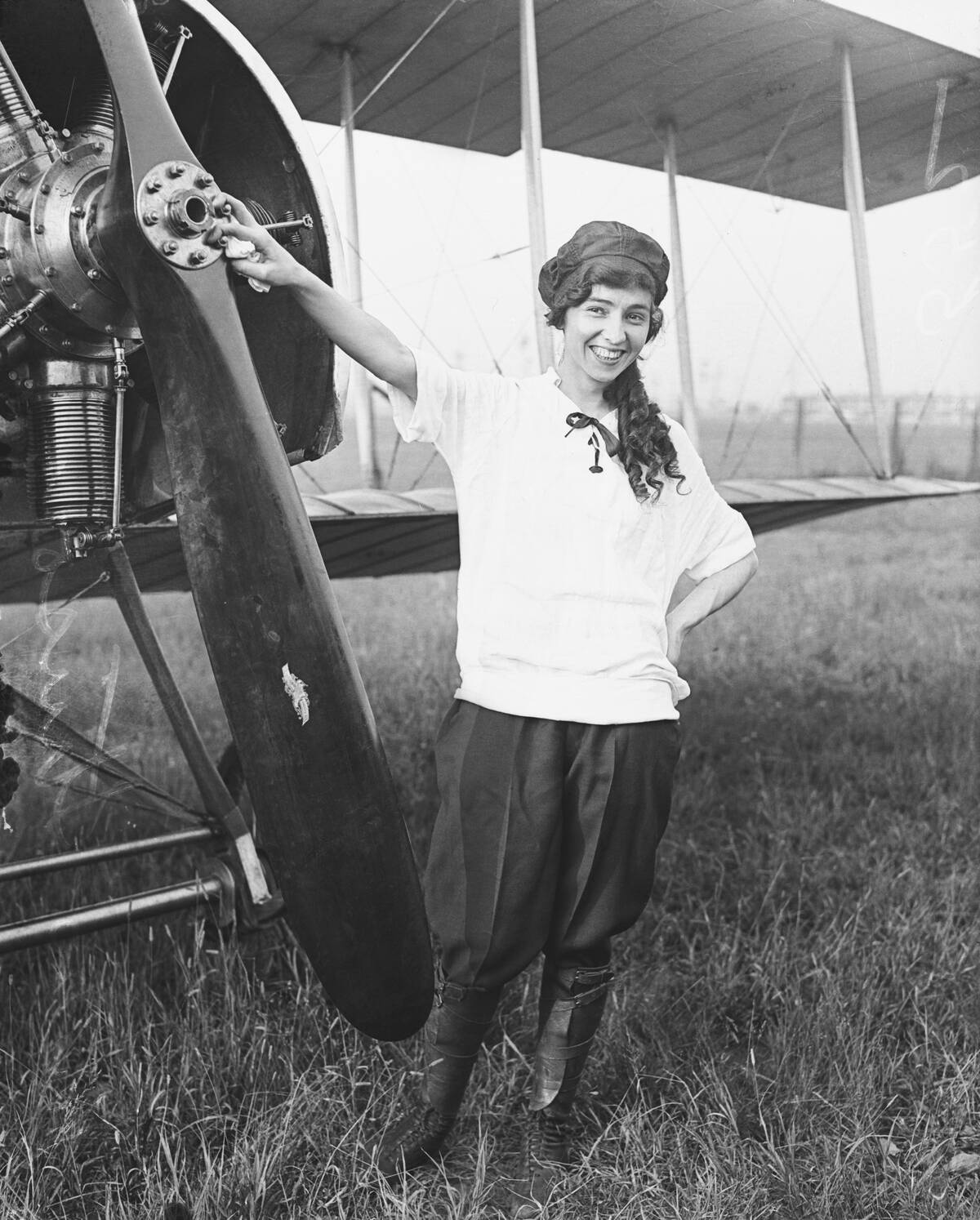
During World War I, women began to play more active roles in aviation, primarily as support staff and trainers. Although they were not allowed to fly in combat, their contributions were crucial in keeping the air operations running smoothly.
Women like Katherine Stinson, who served as a flight instructor, demonstrated the vital role they could play in military aviation. In her case, military restrictions on civilian aircraft meant that her flight school closed, so she flew to raise money for the Red Cross and to deliver mail. This period marked the beginning of women’s integration into military aviation, setting the stage for future advancements.
The Interwar Period: Breaking Barriers
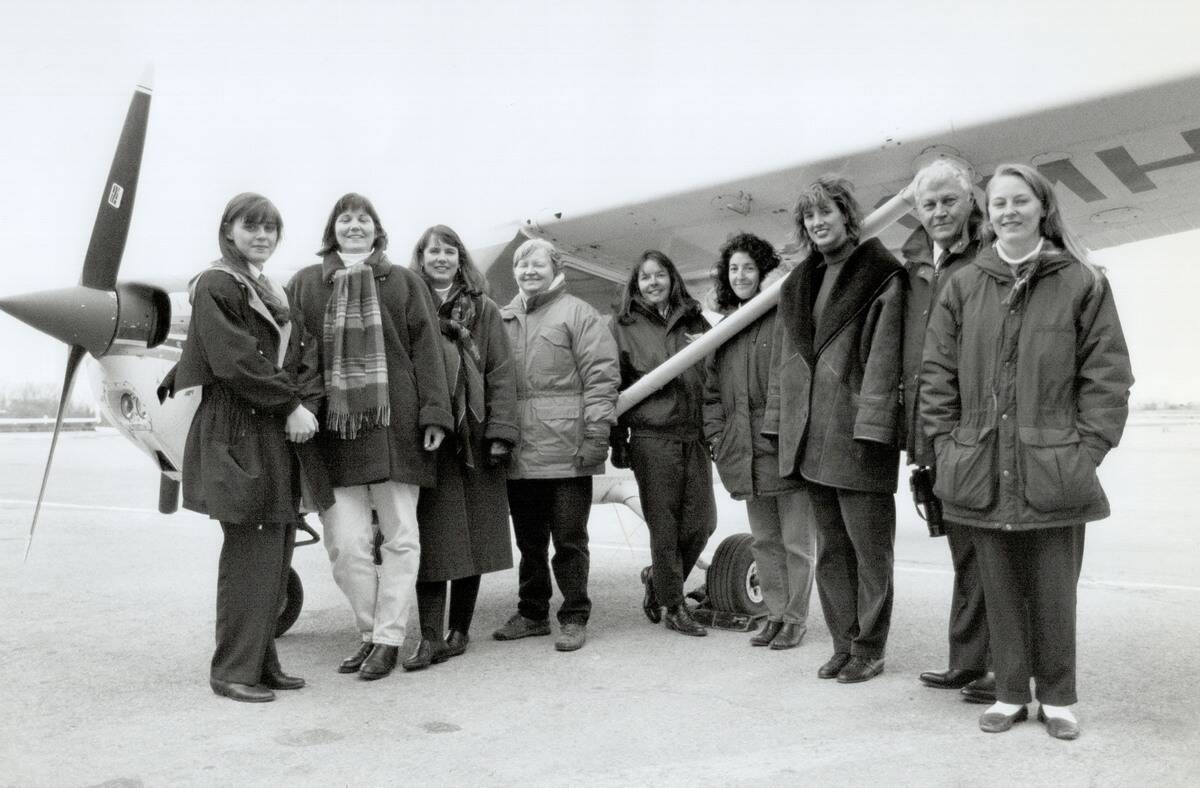
Between the World Wars, women continued to challenge traditional gender roles in aviation. In 1929, the Ninety-Nines, an international organization of women pilots, was founded with Amelia Earhart as its first president. This organization aimed to support female aviators and promote their interests.
Women’s presence in aviation grew steadily, as they took on roles as pilots, engineers, and mechanics. Their persistence during this time broke barriers and expanded opportunities for women in the field.
The WASP Program: Women Airforce Service Pilots
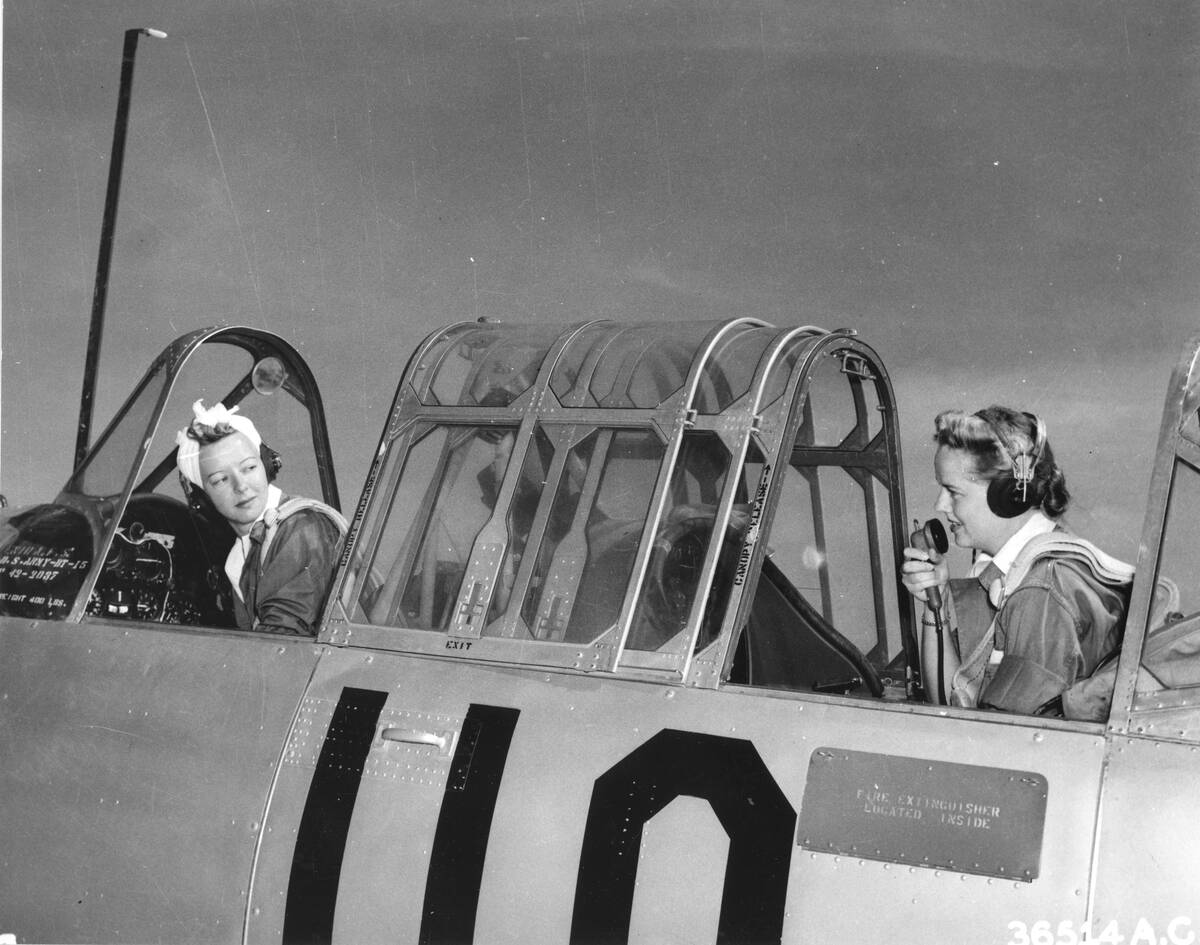
The Women Airforce Service Pilots (WASP) program, established during World War II, marked a significant milestone for female aviators. Over 1,000 women were trained to fly non-combat missions, freeing up male pilots for combat roles.
These women flew aircraft ranging from trainers to bombers, demonstrating their skill and capability. The WASP program not only proved women’s aptitude for military aviation but also set a precedent for their future involvement in the armed forces.
Trailblazers in World War II
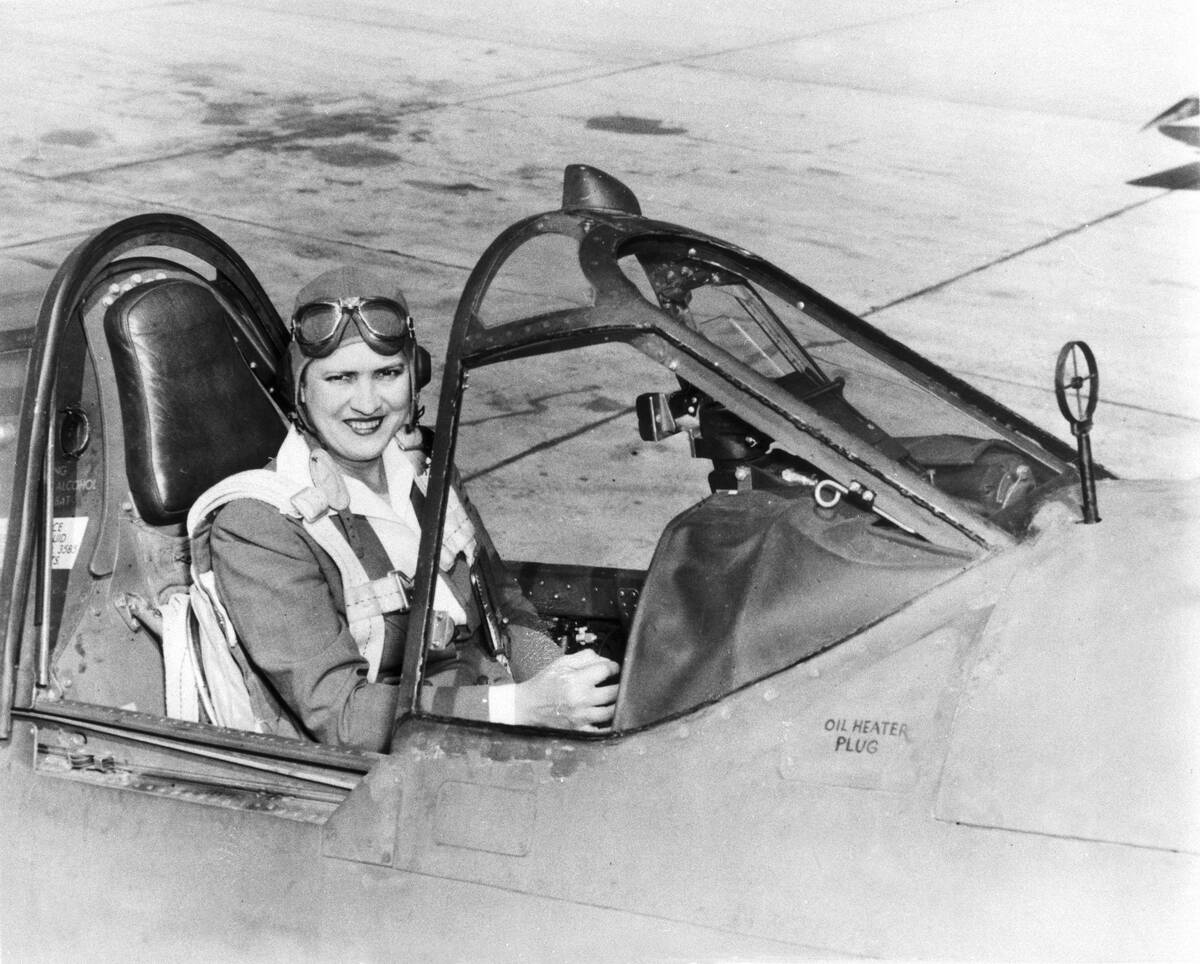
World War II saw women taking on more active roles in aviation, with the WASP program leading the way. Figures like Jacqueline Cochran, who led the WASP program, exemplified the leadership and expertise women could bring to military aviation.
Although the program was disbanded in 1944, the legacy of these trailblazing women endured. Their service and sacrifice during the war laid the groundwork for future generations of female pilots and opened doors for women in military aviation.
Post-War Challenges and Progress

After World War II, female pilots faced challenges as the military reverted to traditional gender roles. However, the perseverance of women like Betty Gillies, the first woman to fly the B-17 Flying Fortress, kept the spirit alive.
Slowly but surely, women began to be reintegrated into military aviation. The post-war era saw gradual progress, with women taking on more diverse roles within the military. Their continued efforts eventually led to policy changes and increased opportunities in the field.
The Korean War: New Opportunities for Women

The Korean War presented new opportunities for women in military aviation, although their roles were still limited. Women served primarily as flight nurses and in support positions, showcasing their capability in critical situations.
Despite the restrictions, their participation laid the groundwork for future integration. The war underscored the need for more inclusive policies, setting the stage for a broader acceptance of women in aviation roles and paving the way for future advancements.
The 1970s: Policy Changes and Integration
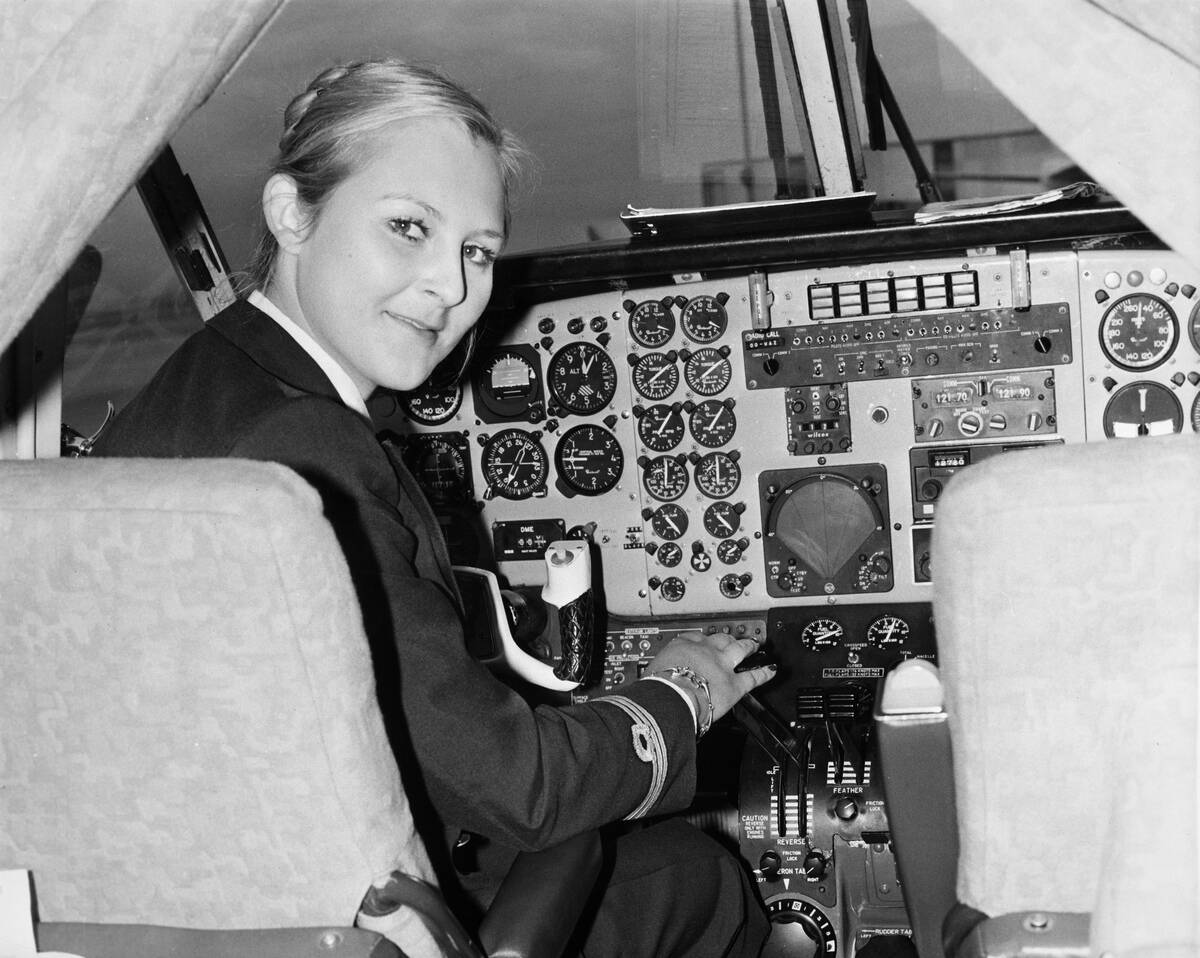
The 1970s were a pivotal decade for women in military aviation, as policy changes began to reflect a more inclusive approach. In 1976, women were admitted to the U.S. Air Force Academy for the first time, marking a significant step towards integration.
The decade saw an increasing number of women entering pilot training programs and taking on more active roles. These changes laid the foundation for future advancements, as women continued to break barriers and prove their capabilities in military aviation.
The First Female Fighter Pilots
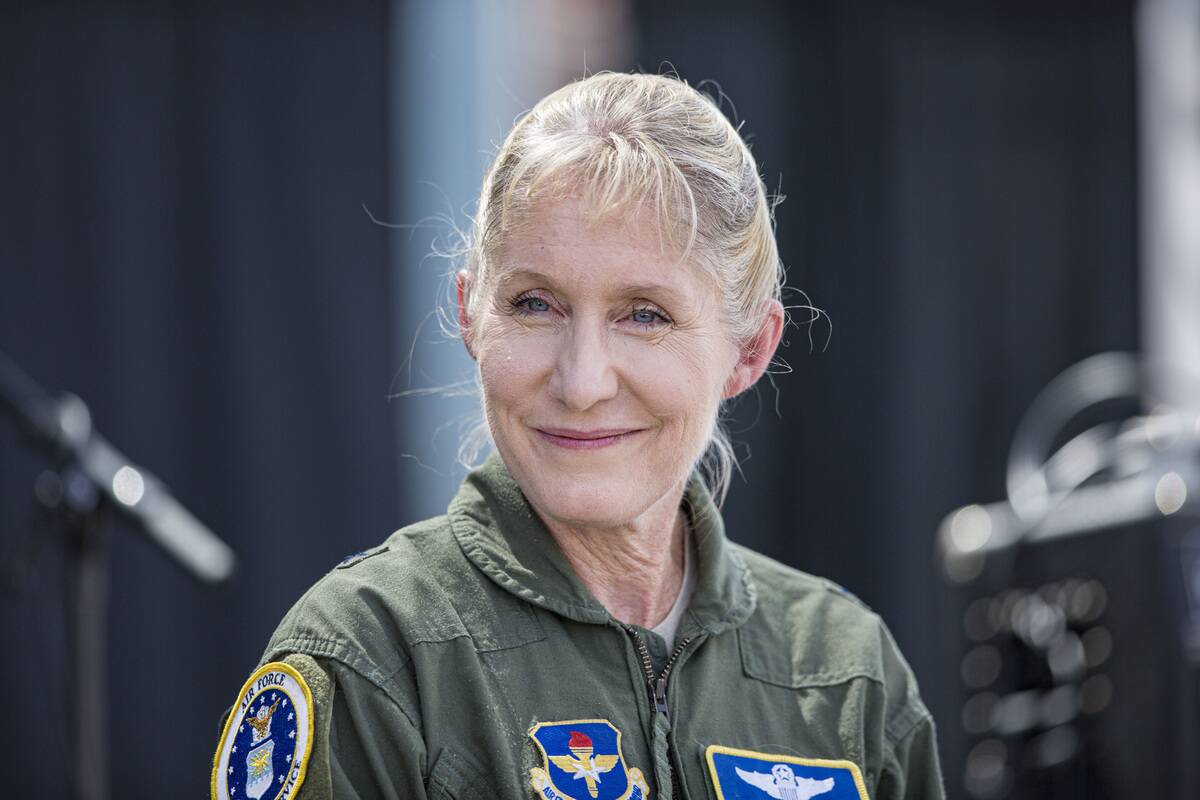
The late 1980s and early 1990s saw the emergence of the first female fighter pilots, a significant milestone in military aviation. In 1993, Jeannie Leavitt became the first female fighter pilot in the U.S. Air Force, breaking new ground for women in combat roles.
This achievement was a testament to the changing attitudes towards women in the military and their capabilities. Female fighter pilots have since demonstrated their skill and effectiveness in various combat situations, continuing to inspire future generations.
Gulf War: Women Taking Combat Roles
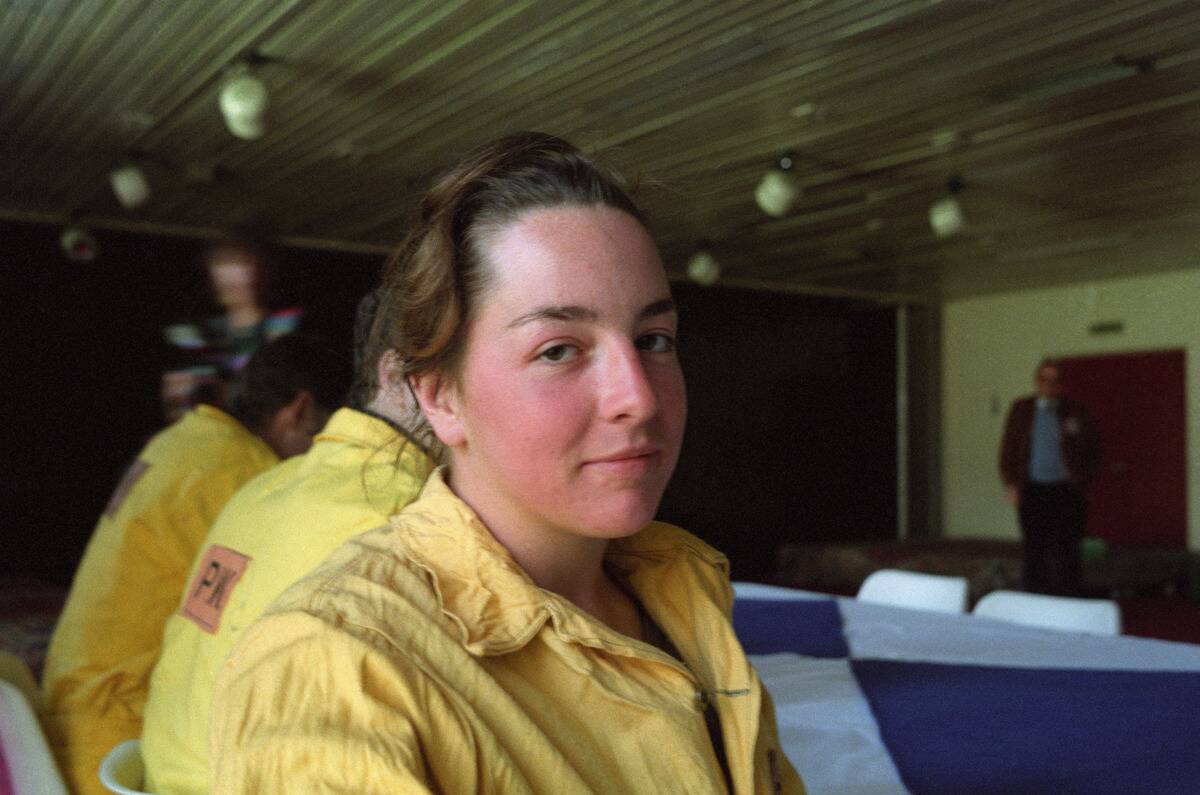
The Gulf War was a defining moment for women in military aviation, as they took on combat roles for the first time. Female pilots flew a variety of missions, including combat and support roles, proving their effectiveness in high-pressure situations.
The success of women in the Gulf War highlighted their capabilities and pushed for further integration in combat roles. This period marked a significant shift in military policy, opening more opportunities for women to serve in various capacities.
21st Century: Women in Modern Military Aviation
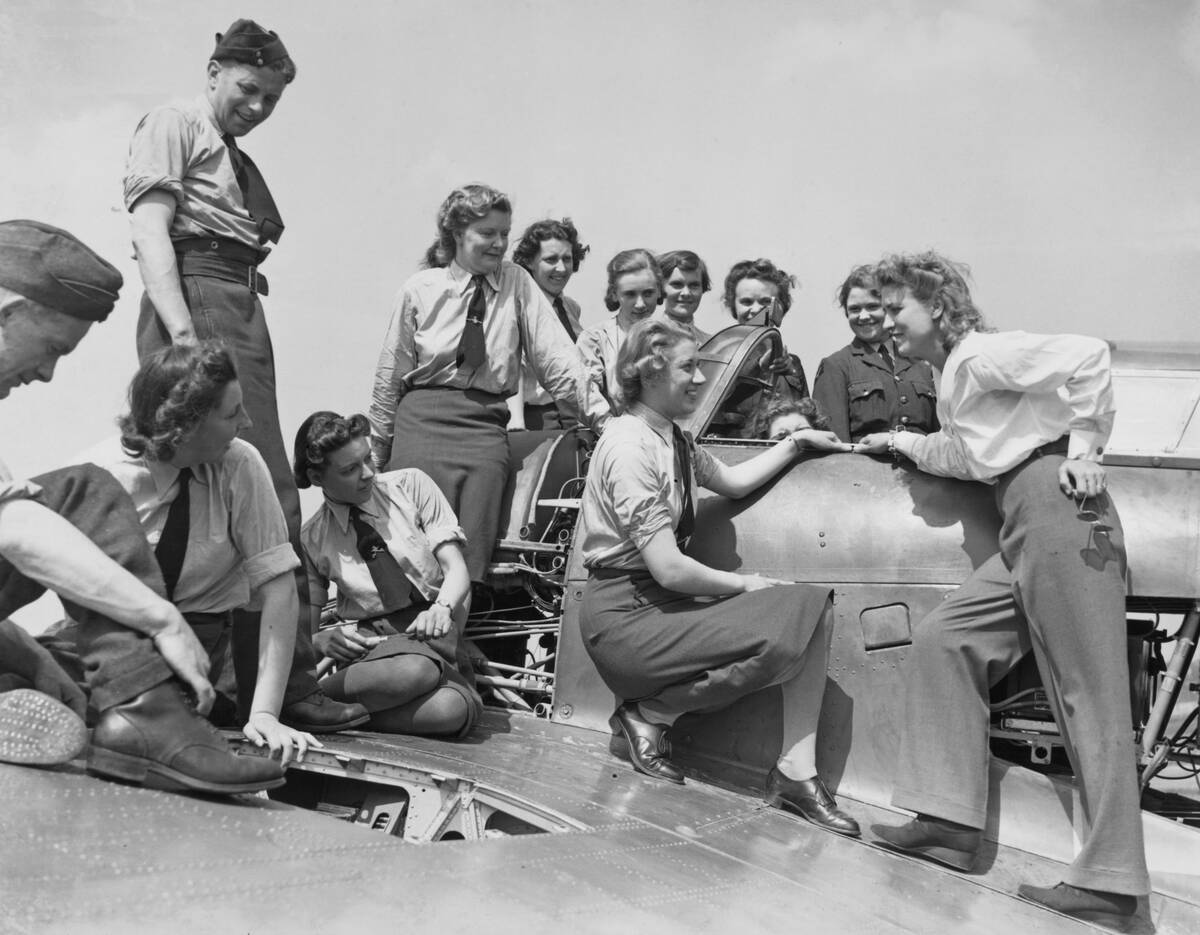
In the 21st century, women have become an integral part of military aviation, with increasing numbers serving as pilots and in leadership roles. The U.S. military, along with other nations, has seen a steady rise in female participation, reflecting a more inclusive approach.
Women now fly a wide range of aircraft and participate in diverse missions across the globe. Their contributions are invaluable, and their presence in military aviation continues to grow, inspiring the next generation of female aviators.
Breaking the Glass Ceiling: Women in Leadership Roles
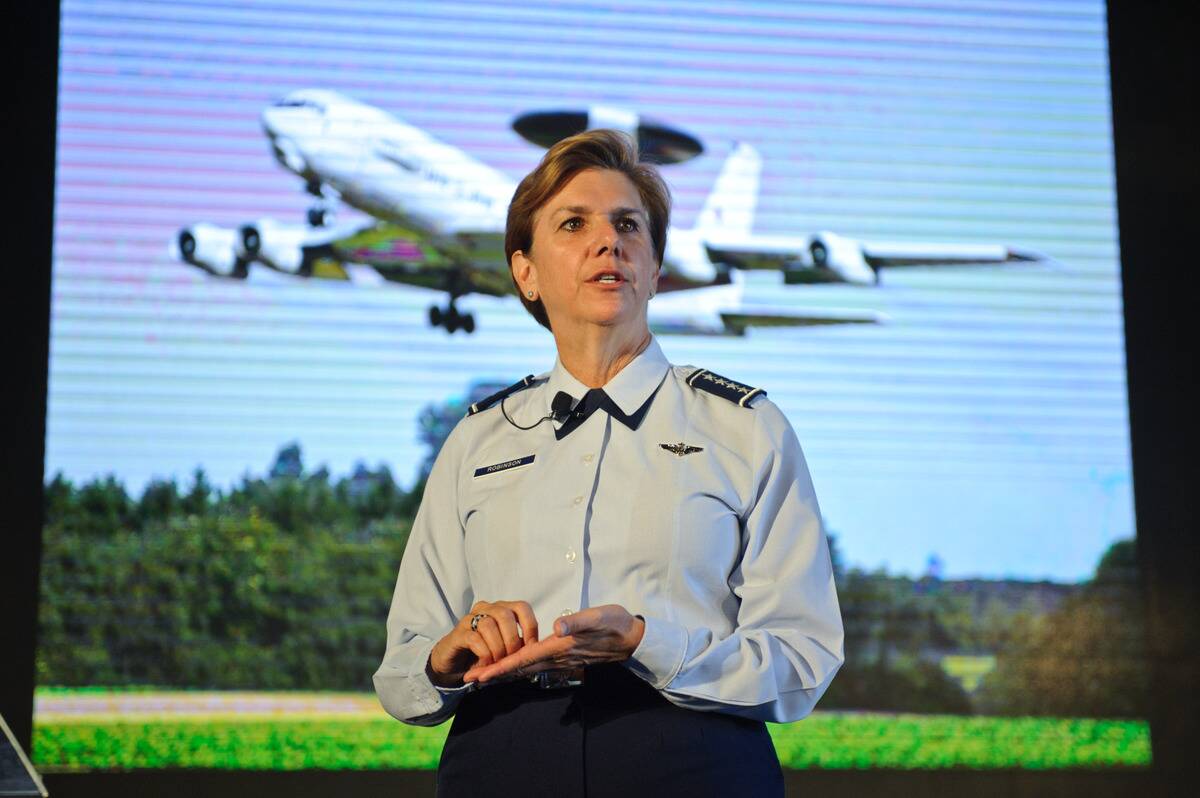
Women have made significant strides in reaching leadership roles within military aviation. Pioneers like General Lori Robinson, the first woman to head a major Unified Combatant Command, have broken new ground and inspired others.
Female leaders bring unique perspectives and skills, contributing to the evolution of military aviation. As more women ascend to leadership positions, they continue to break the glass ceiling and pave the way for future generations to follow in their footsteps.
Notable Female Pilots in Military History

Throughout history, many female pilots have left their mark on military aviation. Figures like Sally Murphy, the first female helicopter pilot in the U.S. Army, and Martha McSally, the first woman to fly in combat for the Air Force, have made significant contributions.
Their achievements serve as a testament to the capabilities of women in aviation. These notable pilots have not only excelled in their roles but also inspired countless others to pursue their dreams in the skies.
The Evolution of Training for Female Pilots
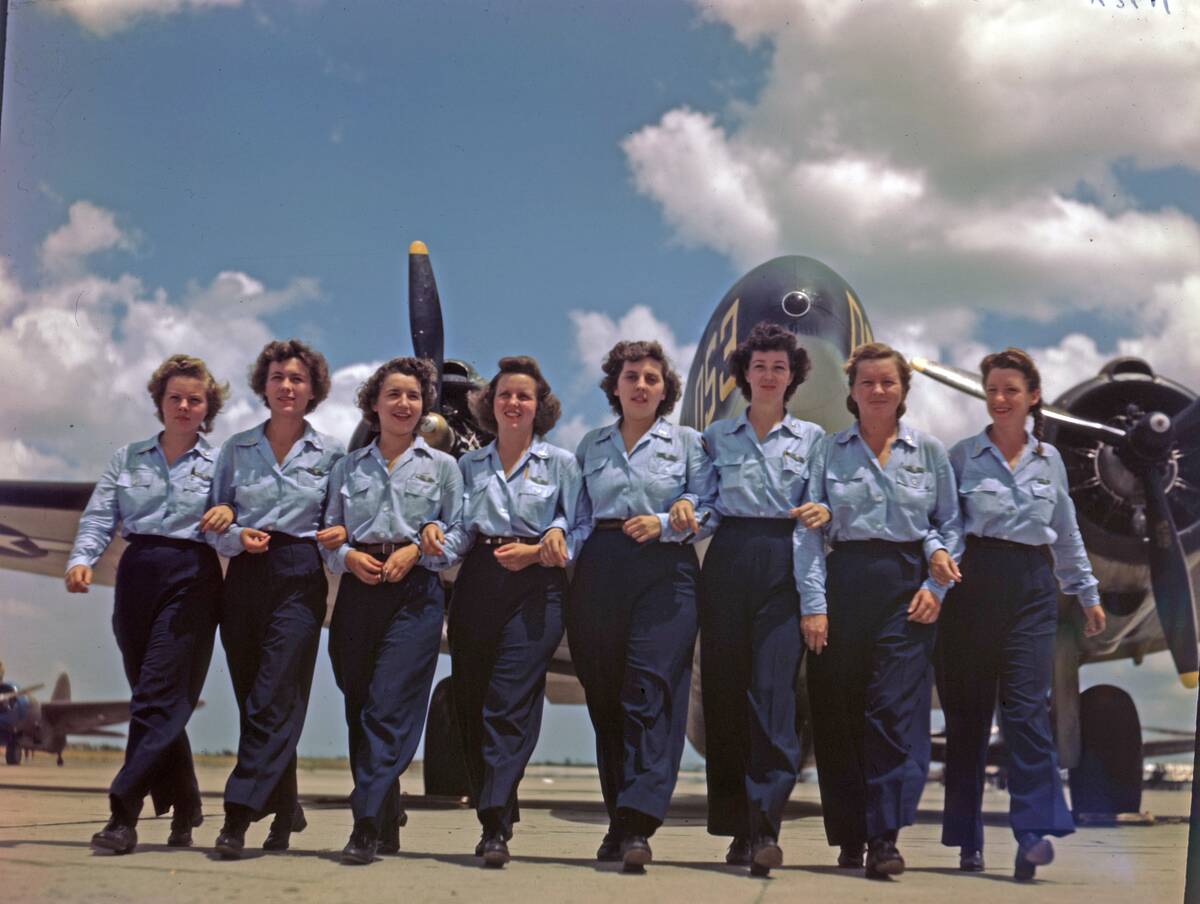
Training programs for female pilots have evolved significantly over the years, reflecting changing attitudes and policies. Initially, women faced numerous barriers and limited opportunities. Today, training programs are more inclusive, providing women with the skills and support they need to succeed.
These advancements have led to greater integration and representation of women in military aviation. The evolution of training programs has been instrumental in ensuring that female pilots can compete on equal footing with their male counterparts.
Current Statistics: Women in Military Aviation Today
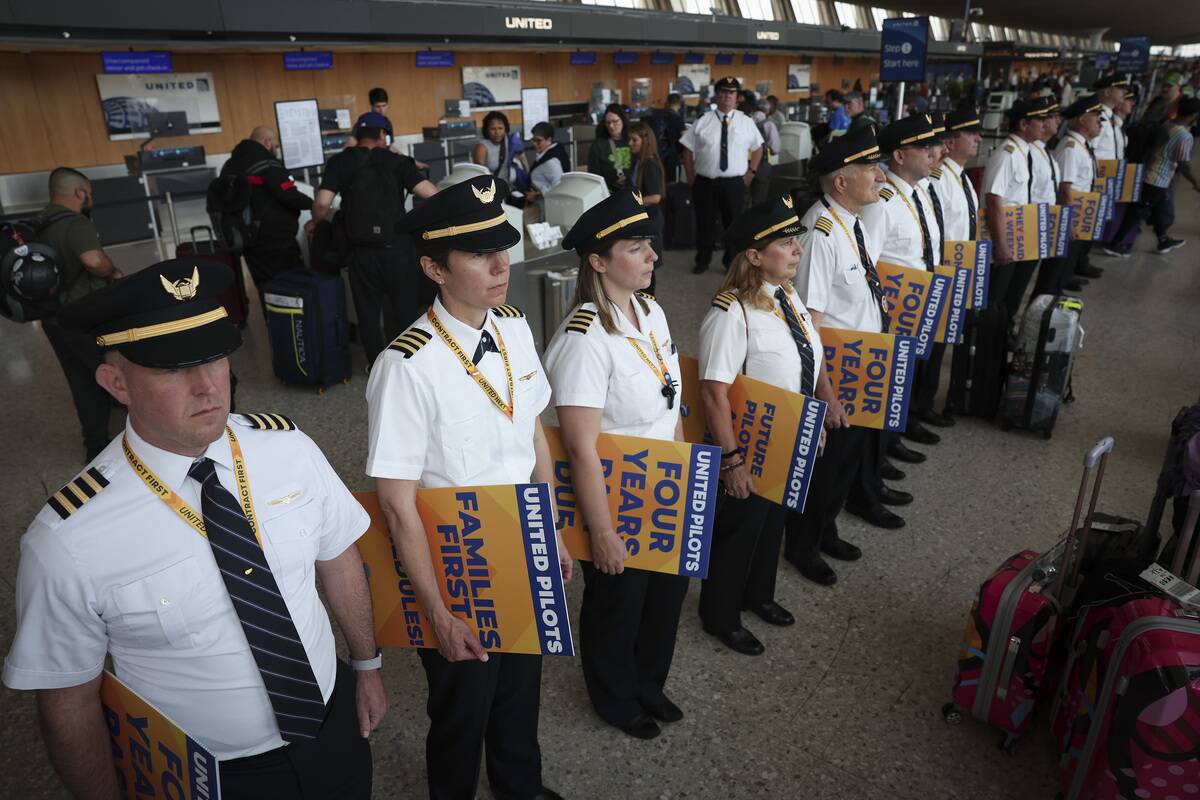
Today, women make up a growing percentage of military pilots, with the U.S. Air Force reporting that women constitute about 5-8% of its pilots as of recent years. While progress has been made, there is still room for growth in representation.
Efforts to increase diversity and inclusion within military aviation continue, with initiatives aimed at recruiting and retaining more female pilots. These statistics highlight the ongoing journey towards gender equality in the skies, as women continue to make their mark.
Ongoing Challenges and Opportunities
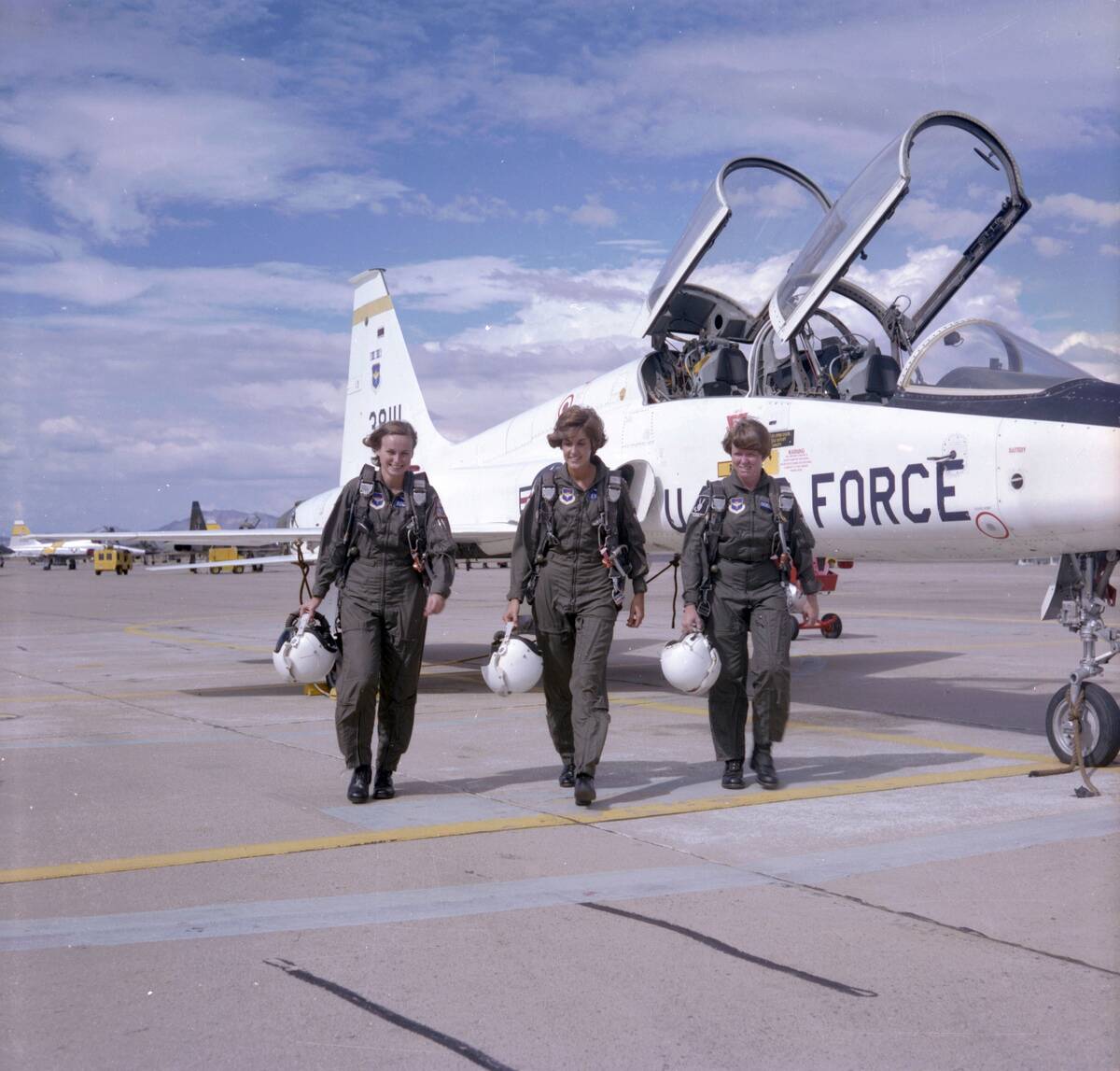
Despite the progress, female pilots in military aviation still face challenges, including gender bias and work-life balance issues. However, these challenges also present opportunities for growth and change. The military is actively working to address these issues through policy changes and support programs.
As women continue to excel in aviation, they are paving the way for more inclusive practices and inspiring others to pursue careers in the field. The future holds promise for further advancements and opportunities for female pilots.
Inspiring the Next Generation of Female Pilots
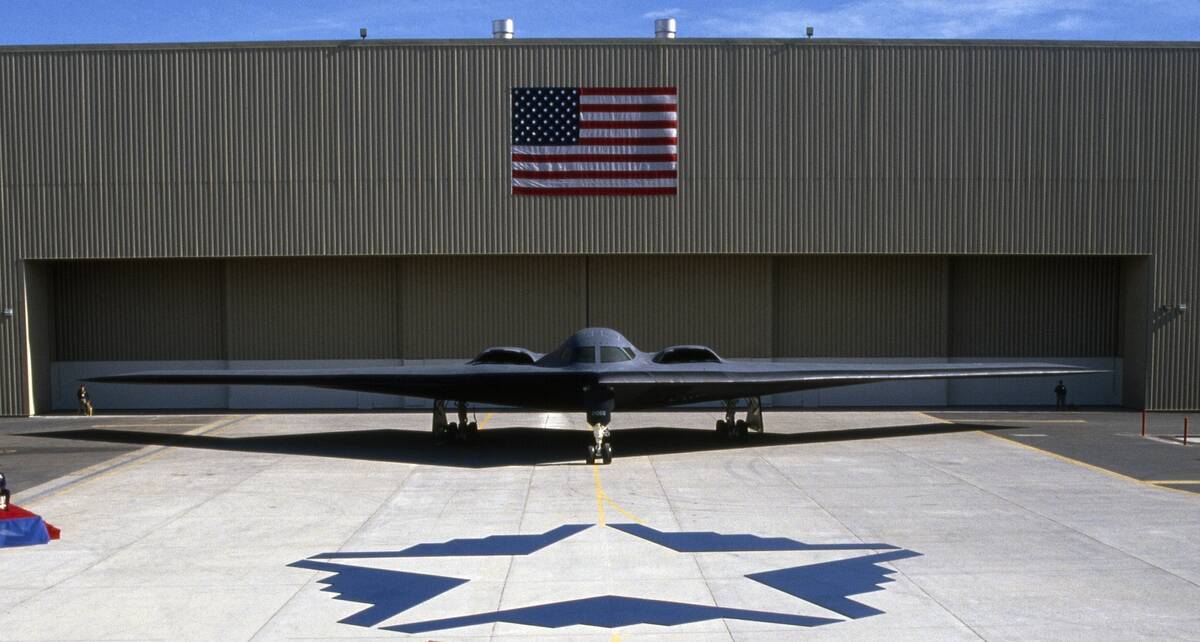
Inspiring the next generation of female pilots is crucial for the continued growth and success of military aviation. Programs like the Air Force’s AIM HIGH Flight Academy aim to encourage young man and women to pursue careers in aviation. Mentorship and outreach initiatives play vital roles in fostering a supportive environment for aspiring pilots.
By celebrating the achievements of female aviators and providing opportunities for young women, the military is ensuring that the skies remain open to all who dare to dream.



